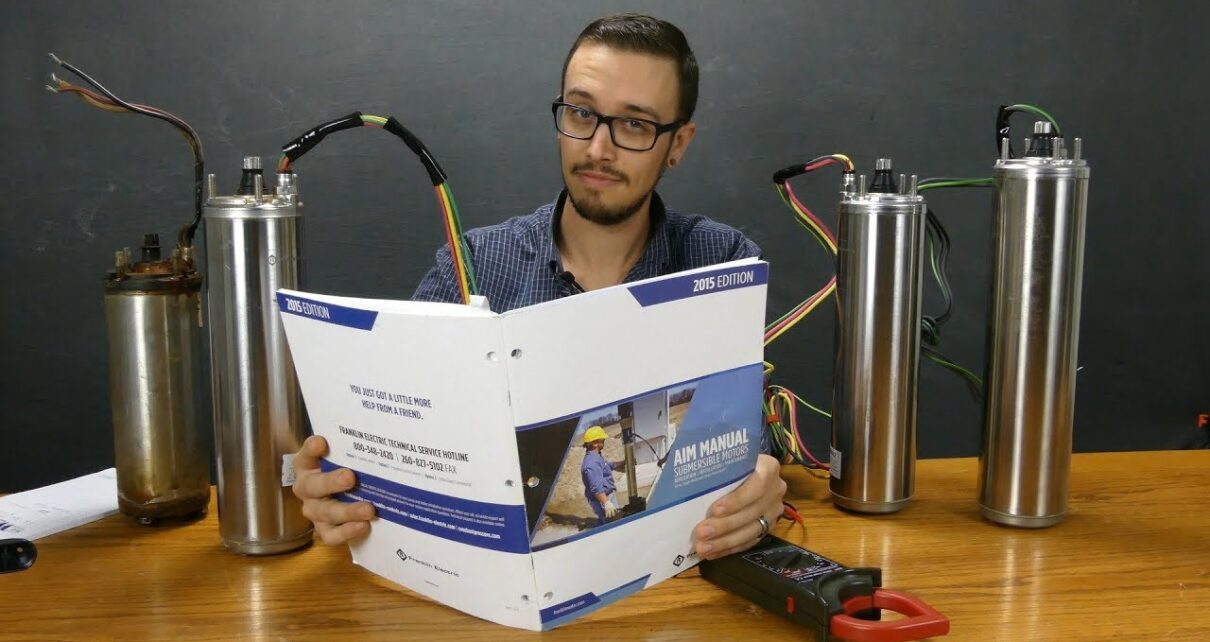Introduction
In today’s fast-paced world, we rely heavily on various technologies to ensure the smooth functioning of our daily lives. One such technology that often goes unnoticed but plays a critical role in our lives is the Franklin electric pump. These powerful machines are the unsung heroes behind our water supply, irrigation, and so much more. In this comprehensive guide, we will delve into the world of Franklin electric pumps, their applications, and a quick setup guide for those who want to harness their power efficiently.
The Hidden Workhorses
Franklin electric pumps have been silently working behind the scenes for decades, ensuring that our homes have a steady supply of water, our fields are irrigated, and our industries are operational. These pumps are not just a piece of machinery; they are a lifeline for many communities around the world.
Unveiling Their Versatility
One might think that these pumps are limited to just a few applications, but the truth is far from it. Let’s take a closer look at some of the diverse roles Franklin electric pumps play in our daily lives.
Water Supply
Imagine waking up one morning and turning on the tap, only to find that there’s no water. For many, this would be a nightmare, but thanks to Franklin electric pumps, this is a rare occurrence. These pumps are responsible for ensuring that water reaches our homes from various sources, such as underground wells, reservoirs, and boreholes. Their efficiency in providing a consistent water supply is unparalleled.
Case Study: The Smith Family
The Smith family, living in a remote area, used to struggle with an erratic water supply. They decided to install a Franklin electric pump, and since then, their lives have transformed. Now, they have access to a steady flow of clean water, making their daily chores much easier.
Irrigation
Agriculture is the backbone of many economies, and efficient irrigation is crucial for ensuring a bountiful harvest. Franklin electric pumps are widely used in agriculture to provide a consistent and controlled water supply to crops, ensuring they receive the right amount of hydration.
Case Study: Green Acres Farm
Green Acres Farm, once plagued by droughts and low crop yields, decided to invest in Franklin electric pumps. With these pumps in place, they can now irrigate their fields effectively, resulting in bumper crops year after year.
Industrial Applications
In the industrial sector, time is money. Franklin electric pumps are used in various industrial processes, such as cooling systems, wastewater management, and more. Their reliability and efficiency make them an ideal choice for industrial applications.
Case Study: The Power Plant
A power plant in a coastal area faced issues with its cooling system. Franklin electric pumps were installed, ensuring that the plant’s operations ran smoothly without any overheating incidents, thus saving both time and money.
Quick Setup Guide
Now that we’ve explored the myriad applications of Franklin electric pumps, let’s get into the nitty-gritty of setting up one of these powerhouses for your specific needs. Whether you’re a homeowner, a farmer, or an industrialist, this quick setup guide will ensure that you make the most of your Franklin electric pump.
Step 1: Selecting the Right Pump
The first and most crucial step is to choose the right Franklin electric pump for your requirements. Factors to consider include the depth of your well or borehole, the required flow rate, and the power source available. Consulting a professional or referring to the manufacturer’s guidelines can be immensely helpful in this process.
Step 2: Assembling the Components
Once you have your Franklin electric pump, it’s time to assemble the components. This typically includes the pump itself, a submersible motor, a control box, and the necessary wiring. Ensure that all components are compatible and follow the manufacturer’s instructions carefully.
Step 3: Installation
Installation largely depends on the type of application. Submersible pumps are typically lowered into the well or borehole, while surface pumps are installed above ground. Ensure that the pump is properly aligned and secured to avoid any issues later on.
Step 4: Wiring and Control
Proper wiring and control are essential for the efficient operation of your Franklin electric pump. Make sure the wiring is done according to the manufacturer’s specifications, and the control box is set up correctly to monitor and protect your pump.
Step 5: Testing and Maintenance
Before relying on your pump for regular use, perform a thorough test to ensure it’s functioning correctly. Regular maintenance, such as cleaning the pump and checking for any signs of wear, is crucial to extend the pump’s lifespan.
Conclusion
Franklin electric pumps are the unsung heroes of our modern world, working tirelessly to ensure we have access to water, efficient irrigation, and smooth industrial processes. With the quick setup guide provided in this article, you can harness the power of Franklin electric pumps for your specific needs. Whether you’re a homeowner, a farmer, or an industrialist, these pumps are a reliable and efficient choice that can make your life easier and more productive.
So, the next time you turn on the tap or enjoy a bountiful harvest, remember the silent workhorses – Franklin electric pumps – that make it all possible.



